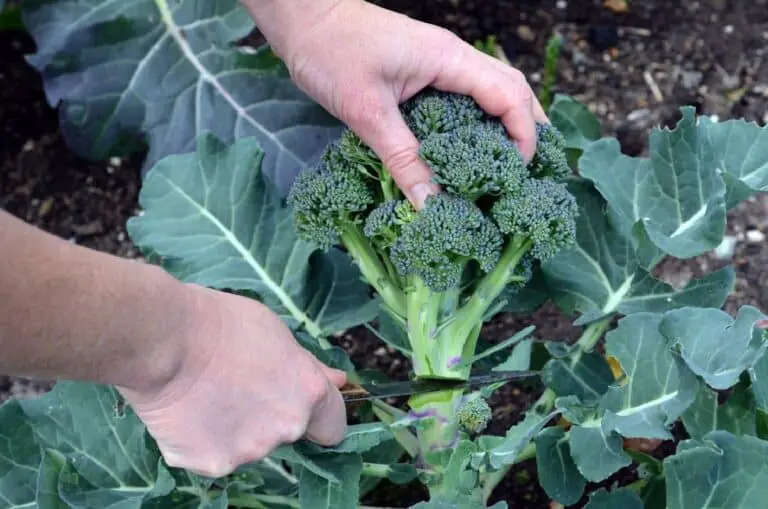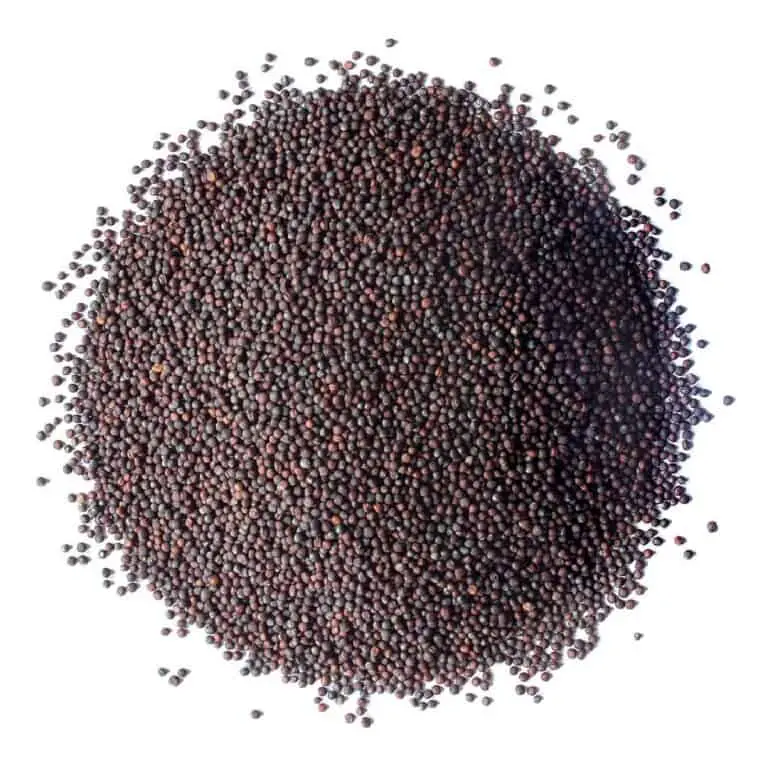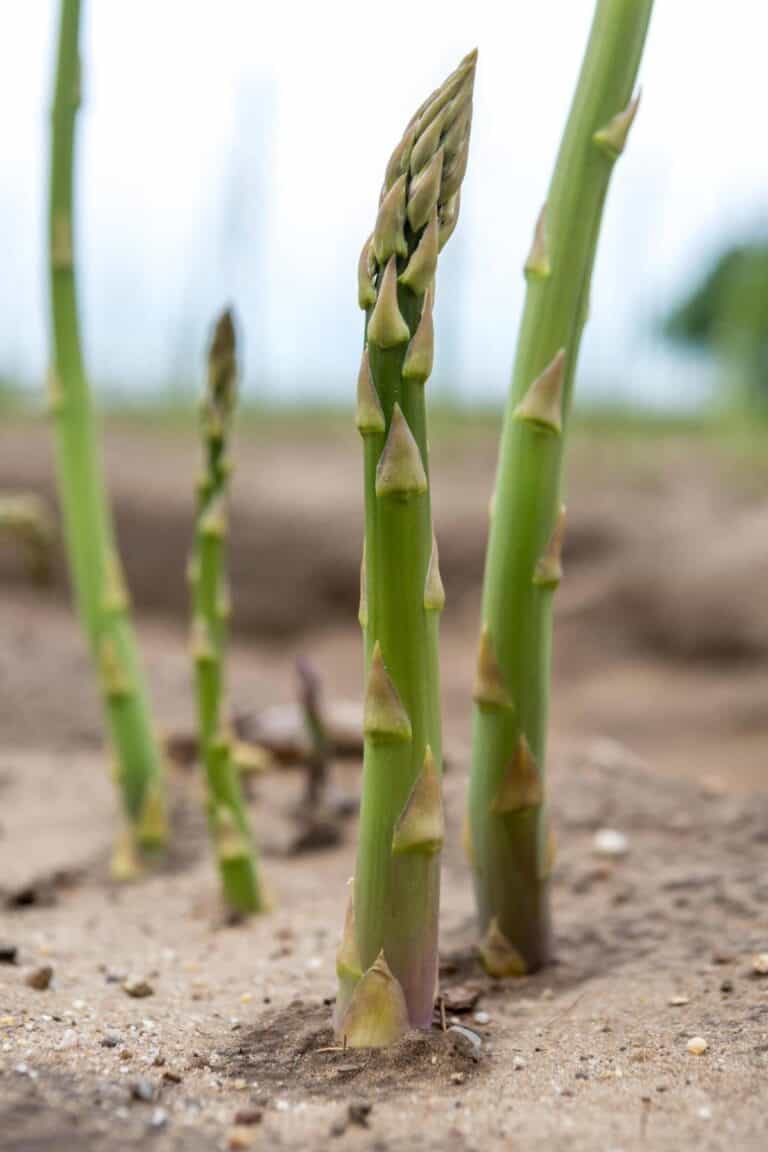How Does Seedless Watermelon Reproduce and Propagate?
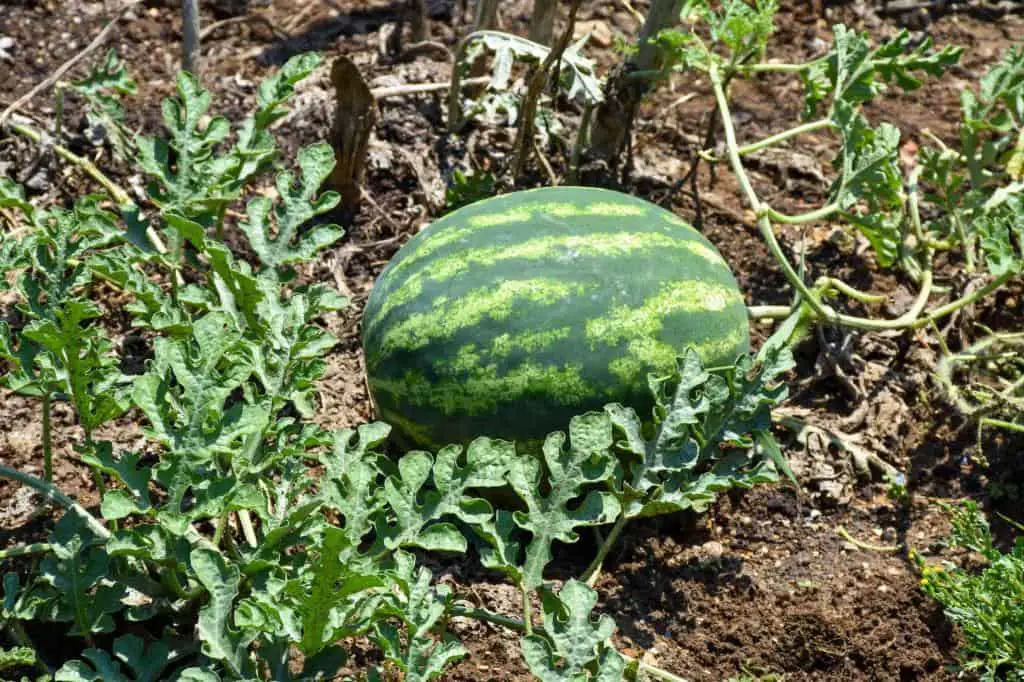
Watermelons are a summertime favorite; everybody enjoys the sweet, juicy flesh of this fruit. While biting into a slice of this seasonal delight, have you ever wondered about the enigmatic absence of those pesky seeds in seedless watermelon? Have you ever wondered how seedless watermelons reproduce and come into existence?
It’s a bit of a botanical marvel! In this article, we’ll delve into the fascinating world of seedless watermelons, exploring their reproduction and propagation methods, as well as their benefits and challenges.
Join us as we embark on a journey through the intricate mechanisms that drive the reproduction and propagation of seedless watermelons, unraveling the secrets behind their existence and the fascinating methods employed to ensure their widespread availability. Get ready to uncover the mysteries behind this beloved summer staple!
The Benefits of Seedless Watermelons
Seedless watermelons offer several advantages, making them a popular choice for both consumers and farmers:
- Seedless Goodness: Seedless watermelons are a hassle-free snack. You don’t need to spit out or deal with seeds while enjoying this refreshing fruit.
- Consistency: With no seeds, every bite is consistent in terms of flavor and texture. Say goodbye to the occasional bitterness that a rogue watermelon seed can bring.
- Higher Sugar Content: Seedless watermelons tend to have a higher sugar content, making seedless watermelon even sweeter and more appealing to your taste buds.
- Longer Shelf Life: Since seedless watermelons have fewer seeds to rot, they tend to have a longer shelf life, giving farmers and consumers more time to enjoy them.
Understanding Seedless Watermelon Basics
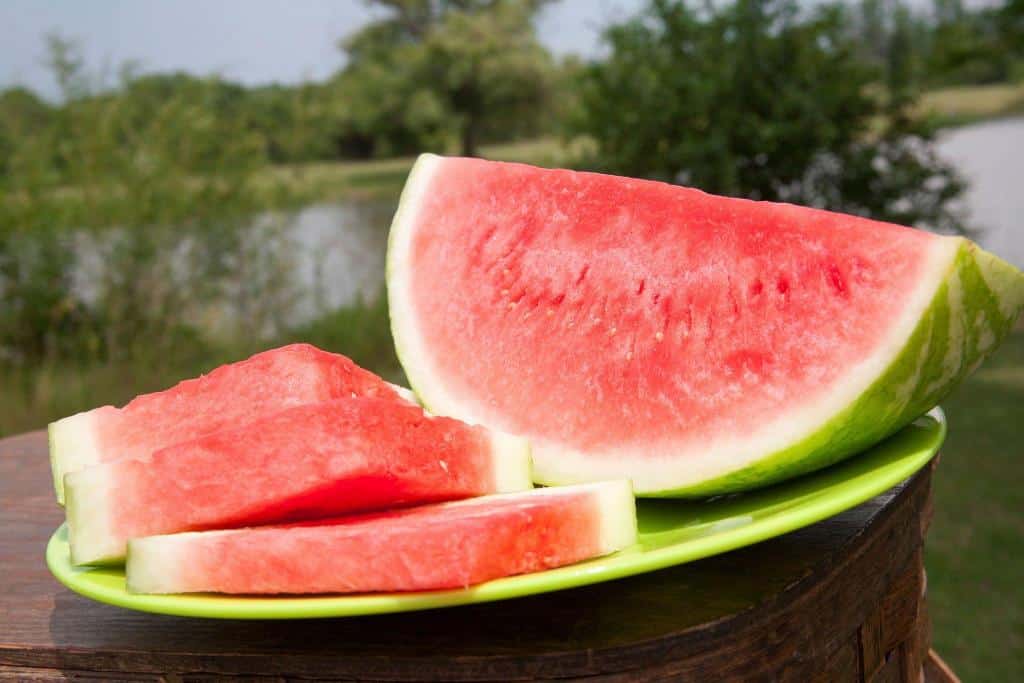
Before we get into the nitty-gritty of seedless watermelons, it’s essential to understand a few basic concepts:
- Watermelon Varieties: There are two primary types of watermelons: seeded and seedless. Seeded watermelons, as the name suggests, contain those pesky black or white seeds, while seedless watermelons have tiny, underdeveloped seeds that are barely noticeable.
- Parthenocarpy: The term “parthenocarpy” is the key to understanding the seedlessness of these watermelons. It’s a phenomenon where fruits develop without fertilization. In other words, they grow without seeds!
Now, let’s explore how seedless watermelons manage to reproduce and propagate.
The Science of Seedlessness Watermelon Reproduction
Seedless watermelons owe their existence to a deliberate and controlled process, mainly because nature doesn’t usually create them on its own. Here’s how it all works:
- Chromosome Magic: Seedless watermelons are typically triploid. Unlike normal watermelons, which have a diploid chromosome count (2n), triploid watermelons have three sets of chromosomes (3n). This extra set is the result of cross-breeding.
- Cross-Breeding: To create triploid watermelons, plant breeders intentionally cross a diploid watermelon (2n) with a tetraploid watermelon (4n). This produces a watermelon with three sets of chromosomes (3n), making it sterile and unable to produce viable seeds.
- Absence of Pollination: Since seedless watermelons don’t produce seeds, they don’t rely on pollination for reproduction. In contrast, regular watermelons need pollinators, such as bees, to transfer pollen from the male flowers to the female flowers of watermelon.
- Fruit Development: The fruit continues to develop even in the absence of seeds. The fruit’s flesh becomes more pronounced as the watermelon doesn’t divert energy into seed formation, resulting in a sweeter and juicier end product.
See also: Male and Female Watermelon Flowers: How to Identify
Propagation of Seedless Watermelons
Now that we’ve explored how seedless watermelons come into being, let’s shift our focus to propagation. While these watermelons may not naturally produce seeds, they can still be propagated through a method called grafting.
Grafting Seedless Watermelons
Grafting is a horticultural technique used to propagate seedless watermelons. Here’s a simple breakdown of the process:
| Step | Description |
| 1. | Select Rootstock: Choose a healthy, disease-resistant rootstock plant. This will be the plant that provides the roots and the base for the grafted watermelon. |
| 2. | Select Scion: Pick a seedless watermelon variety that you want to propagate. This will be the part that produces the fruit. |
| 3. | Make the Cut: Create a diagonal cut on both the rootstock and the scion. These cuts should be made to fit together perfectly. |
| 4. | Join Them: Place the scion onto the rootstock, ensuring a snug and secure fit. |
| 5. | Bind It: Use grafting tape or rubber bands to hold the two parts together, allowing them to fuse over time. |
| 6. | Protect the Graft: Shield the graft with plastic wrap to create a mini-greenhouse effect, providing a stable environment for healing. |
| 7. | Nurture and Wait: Allow the grafted watermelon plant to grow and develop, ensuring it receives proper care, including water, nutrients, and sunlight. |
The grafted seedless watermelon plant will start producing fruits with the same seedless characteristics as the parent variety. This technique allows farmers to grow seedless watermelons without relying on traditional seed production.
Seedless Watermelon Farming Practices
Growing seedless watermelons is both a science and an art. To cultivate these luscious, seed-free fruits successfully, you need to pay close attention to various farming practices. Here, we’ll delve into the key elements of cultivating seedless watermelons.
Cultivation Requirements and Conditions
Successful seedless watermelon farming starts with the right conditions. These fruits thrive in warm, sunny climates, so choose a location with plenty of sunlight.
When it comes to soil, they prefer well-draining, sandy loam. Before planting, prepare the soil by enriching it with organic matter and ensuring a slightly acidic to neutral pH level. Optimal planting time depends on your region, but it’s generally in late spring or early summer when the soil temperature reaches around 70°F (21°C).
Irrigation and Soil Management Techniques
Water is a critical factor in seedless watermelon farming. Adequate irrigation is essential to maintaining consistent soil moisture. Drip irrigation is often preferred as it delivers water directly to the roots while keeping the foliage dry, reducing the risk of diseases.
Mulching around the plants helps retain moisture and suppress weeds. As your watermelons grow, consider providing support for the heavy fruits using slings or netting to prevent damage.
Pest and Disease Control Measures
Just like any crop, seedless watermelons can fall victim to pests and diseases. Common pests include aphids, spider mites, and cucumber beetles, while diseases like powdery mildew can pose a threat. To combat these issues, employ integrated pest management techniques.
This may involve using beneficial insects, regular monitoring, and applying natural or chemical controls when necessary. Additionally, practicing crop rotation can help reduce the risk of disease buildup in the soil.
Here’s a quick overview in table format:
| Farming Practice | Key Considerations |
| Cultivation Requirements | – Warm, sunny climate<br>- Well-draining soil<br>- Soil preparation |
| Irrigation and Soil Management | – Drip irrigation<br>- Mulching<br>- Fertilization |
| Pest and Disease Control | – Integrated pest management<br>- Crop rotation |
By paying attention to these essential farming practices, you can enjoy a bountiful ha
Challenges in Seedless Watermelon Production
While seedless watermelons offer numerous benefits, there are challenges involved in their production:
- Initial Costs: The process of creating triploid seedless watermelons through cross-breeding and grafting can be more expensive and labor-intensive than growing seeded varieties.
- Pollination Assistance: To ensure proper fruit development, even seedless watermelons require pollinators in the form of bees or other insects.
- Limited Varieties: The number of seedless watermelon varieties is relatively limited compared to their seeded counterparts.
- Viable Seeds: Sometimes, seedless watermelons may contain small, undeveloped seeds. These are not typically a problem for consumers but can complicate the breeding process.
In Conclusion
Seedless watermelons are a delightful gift of modern agriculture. Through a combination of selective breeding and grafting techniques, these delicious seedless watermelon fruits are made accessible to consumers worldwide. They offer a sweet, seed-free snacking experience that’s perfect for a hot summer day.
So, the next time you sink your teeth into a juicy slice of seedless watermelon, you can appreciate the science, innovation, and hard work that go into every bite. From the controlled chromosome count to the grafting process, seedless watermelons are a testament to the wonders of modern agriculture.
Enjoy your seedless watermelon without worrying about pesky seeds—nature and science have already taken care of that for you!
FAQs on Seedless Watermelon Reproduction and Fertility
How are seedless watermelons grown?
To grow seedless watermelons, diploid and tetraploid plants are crossed-pollinated. This makes sterile triploid seeds, which then grow into fruitless fruits.
Can you plant seeds in a seedless watermelon?
While seedless watermelons do produce seeds, these seeds are usually undeveloped and not viable for planting. Therefore, it is not feasible to grow watermelon plants from the seeds of seedless watermelons.
Are seedless watermelons genetically modified?
Seedless watermelons are not typically considered genetically modified organisms (GMOs). They are often created through hybridization techniques, not by introducing foreign genes.
Do seedless watermelons taste different from regular ones?
Seedless watermelons generally possess a similar taste to regular watermelons, with a slightly more pronounced sweetness due to a higher concentration of sugars.
What are the benefits of seedless watermelons?
The benefits of seedless watermelons include convenience in consumption, as they eliminate the inconvenience of dealing with seeds, making them more practical for snacking and culinary use.
Can seedless watermelons be grown in home gardens?
Yes, seedless watermelons can be grown in home gardens under suitable conditions, including proper soil quality, adequate sunlight, and regular watering.
How do seedless watermelons compare in terms of nutritional value to seeded ones?
Nutritionally, seedless watermelons are similar to seeded ones, offering essential vitamins, minerals, and hydration. However, some variation may occur depending on specific varieties and growing conditions.


